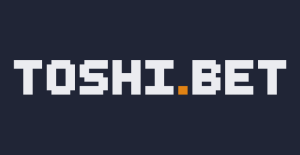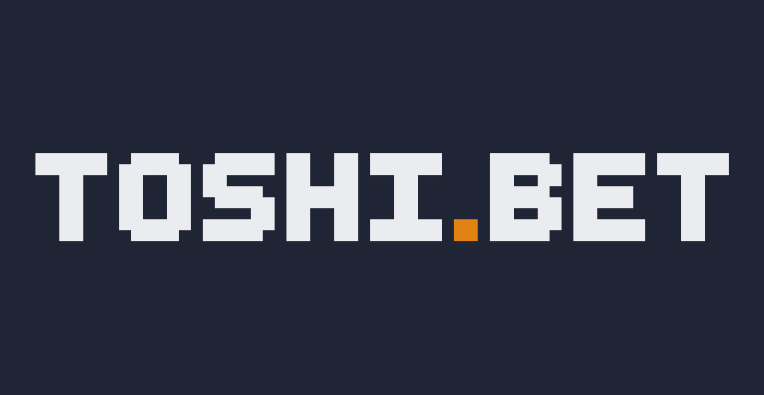Managing academic research projects demands careful planning, organization, and time management. Whether you are a student working on a thesis, a professor juggling multiple studies, or a research team coordinating complex experiments, staying on schedule is vital to success. One effective way to manage academic projects visually and systematically is through Gantt chart templates.
This article provides an in-depth look at how Gantt chart templates can benefit academic research projects, their key features, and tips on selecting and using them effectively to enhance productivity and ensure timely completion.
What Are Gantt Chart Templates in Academic Research?
A Gantt chart template is a pre-designed project schedule framework used to plot the phases, tasks, deadlines, and dependencies in a research project. This visual timeline allows researchers to divide their project into manageable parts, allocate resources, and track progress in real-time.
Academic research projects often involve various stages such as literature review, data collection, analysis, writing, and review. Gantt chart templates help organize these stages sequentially while also showing overlapping activities, critical milestones, and dependencies between tasks.
Templates usually come with task bars aligned against a timescale, typically represented in weeks or months, making it easy to monitor how the project is advancing compared to the planned timeline.
Why Use Gantt Chart Templates in Academic Research?
The academic environment has unique demands, and Gantt chart templates offer key advantages:
- Structured Planning: Break down complex research projects into detailed, time-bound activities.
- Visual Clarity: See how tasks relate over time and understand concurrent activities.
- Dependency Tracking: Manage tasks that rely on the completion of others, such as needing ethics board approval before data collection.
- Deadline Management: Highlight important submission dates like proposal deadlines, journal article submissions, or conference presentations.
- Resource Allocation: Plan time effectively around teaching, lab work, and writing commitments.
- Progress Monitoring: Track task status and revise timelines when unexpected delays occur.
- Facilitates Collaboration: Share clear timelines with supervisors, team members, or collaborators.
Using Gantt templates increases project transparency, accountability, and coordination—critical for successfully completing lengthy and multifaceted academic research.
Key Features of Academic Research Gantt Chart Templates
When choosing a Gantt chart template for academic work, consider these important features:
- Task Breakdown by Research Phase: Templates should include phases such as proposal writing, literature review, data collection, analysis, manuscript preparation, and defense.
- Milestone Markers: Crucial points like committee meetings, ethics approval, data collection start/end, and submission deadlines should be clearly marked.
- Task Dependencies: Enable visualization of which tasks are prerequisites for others to start.
- Custom Status Indicators: Track progress statuses such as Not Started, In Progress, and Completed.
- Collaboration Tools: Some templates incorporate comment sections or file attachment options to facilitate team communication.
- Time Tracking: Ability to estimate and record the actual time spent on each task to evaluate productivity.
- Multiple Views: Options to switch between Gantt views, calendar views, or task lists help accommodate different working styles.
- Notifications: Automated reminders for upcoming deadlines and changed statuses help keep the project on track.
Popular Platforms Offering Academic Gantt Chart Templates
Several platforms provide useful Gantt chart templates tailored for academic research:
- ClickUp: Known for its Academics Gantt Chart Template designed to manage research projects comprehensively with custom statuses, fields, and collaboration features.
- Microsoft Excel & Google Sheets: Simple, customizable templates available for free download with the flexibility to adapt for any research project.
- Miro: Cloud-based interactive Gantt chart templates supporting remote team collaboration.
- Canva: Visually appealing, easy-to-customize Gantt templates that provide polished graphics perfect for project proposals and presentations.
- Smartsheet: Advanced project management platform with template options suitable for multi-phase academic studies requiring detailed task and resource management.
How to Use Gantt Chart Templates for Academic Research Effectively
Implementing a Gantt chart template in your research workflow can be straightforward:
- Define Your Research Tasks and Milestones: Begin by breaking your project into key activities and important deadlines, ensuring all critical elements are captured.
- Set Task Durations and Start/End Dates: Estimate how long each task will take and assign realistic dates for completion.
- Identify Dependencies: Specify which tasks must finish before others begin to accurately model the workflow.
- Assign Responsibilities: If working within a team or with supervisors, clearly delegate who handles each task.
- Update Regularly: Consistently revise the timeline based on progress and feedback.
- Share With Stakeholders: Keep supervisors, collaborators, or funders informed by sharing updated Gantt charts to improve communication and accountability.
- Use the Chart as a Management Tool: Beyond planning, treat the Gantt chart as a dynamic progress tracker that helps detect delays early and reallocates resources efficiently.
Benefits for Academic Researchers
Academic projects often face shifting priorities and unforeseen challenges. Gantt chart templates offer clarity in such dynamic environments by:
- Helping avoid missed deadlines through visual alerts.
- Improving collaboration with transparent timelines.
- Increasing motivation by providing clear short-term goals.
- Enhancing the quality of research outputs via better time management.
Conclusion
Gantt chart templates are invaluable for academic researchers seeking to bring structure and clarity to complex projects. They support detailed planning, foster collaboration, and provide real-time monitoring to ensure projects stay on course.
Whether you’re a student drafting a thesis timeline, a faculty managing grant projects, or a research team coordinating multiple studies, adopting a Gantt chart template tailored for academic research can transform your workflow and increase your chances of success.
Explore the various platforms offering easy-to-use, customizable templates and start organizing your academic research projects visually and effectively today.













